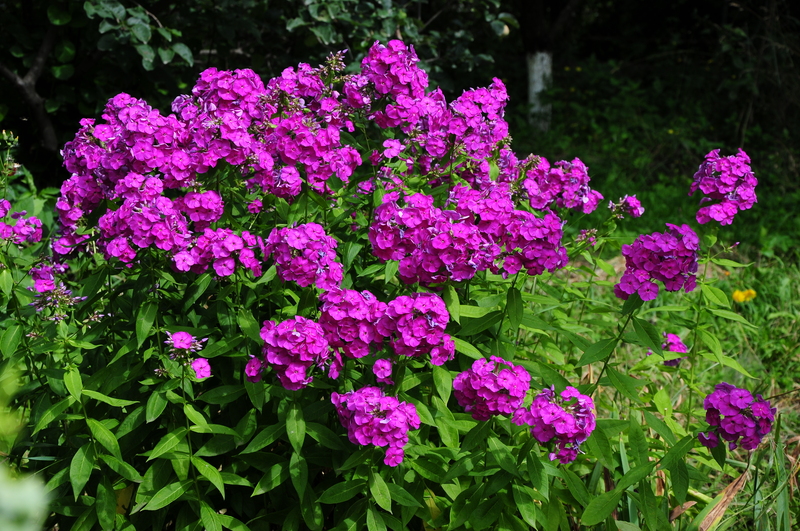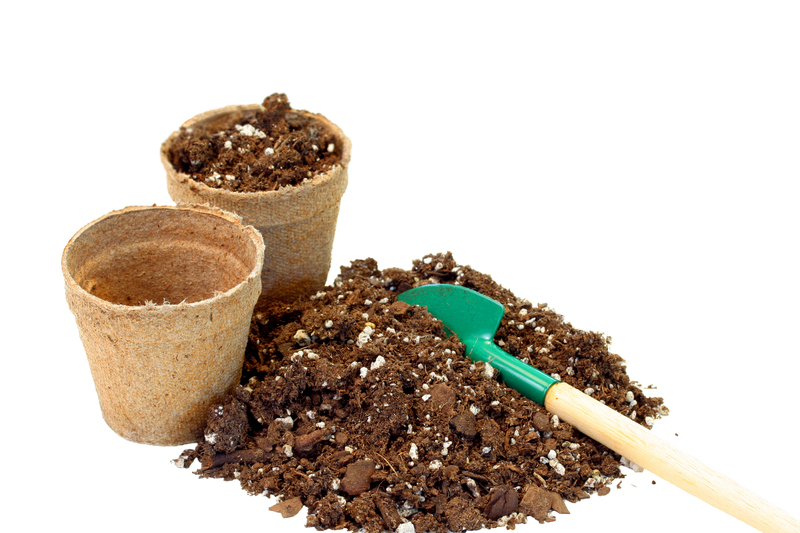Bring Your UK Garden to Life with These 9 Ground Covers
Posted on 16/05/2025
Bring Your UK Garden to Life with These 9 Ground Covers
Enhancing your garden with ground covers is an excellent way to create a lush landscape. These versatile plants offer a multitude of benefits, from controlling weeds and reducing soil erosion to providing aesthetic appeal. Ground cover plants are particularly advantageous in the UK due to their ability to thrive in various weather conditions. In this article, we explore a variety of ground covers that will invigorate your garden space.
Understanding the Benefits of Ground Covers
Ground covers are low-growing plants that spread across the soil surface. They serve several important functions:
- Weed control: By covering the ground, they limit sunlight to the soil, which suppresses weed growth.
- Soil protection: Their dense foliage minimizes soil erosion, especially on slopes.
- Moisture retention: Ground covers help retain soil moisture, reducing the need for frequent watering.
- Aesthetic appeal: These plants add color and texture, enhancing the overall appearance of your garden.

The Best Ground Covers for UK Gardens
1. Creeping Thyme (Thymus serpyllum)
Creeping thyme is a versatile ground cover that thrives in various soil types. Its aromatic foliage and pink or purple flowers attract bees and other pollinators, making it a popular choice for eco-friendly gardens. This hardy plant requires minimal maintenance and can withstand light foot traffic, making it ideal for pathways and rock gardens.
2. Sedum (Stonecrop)
Sedum, also known as stonecrop, is a robust ground cover that flourishes in sunny, dry areas. With its thick, succulent leaves, sedum is drought-resistant and can survive in rocky, poor soil conditions. It offers a variety of colors and textures, from green to red hues, depending on the variety.
3. Ajuga (Bugleweed)
Ajuga is favored for its attractive foliage and vibrant blue flowers. This low-maintenance ground cover grows well in shaded areas, spreading quickly to form a dense mat. It is perfect for underplanting beneath trees and shrubs, where grass struggles to grow.
4. Geranium (Cranesbill)
Geraniums, or cranesbills, are hardy perennials with few pests or diseases. They offer long-lasting blooms and decorative leaves, providing a splash of color throughout the seasons. These ground covers thrive in full sun to partial shade and adapt well to most soil conditions.
5. Vinca Minor (Lesser Periwinkle)
Known for its glossy green leaves and periwinkle blue flowers, Vinca minor is a favorite choice for gardeners seeking a hardy ground cover. It grows well in a variety of soils, including poor soil, and performs admirably in both sunny and shaded areas.
6. Heuchera (Coral Bells)
Heuchera, commonly known as coral bells, showcases striking foliage in shades of green, burgundy, and variegated patterns. This perennial ground cover prefers shaded or partially shaded locations and attracts hummingbirds and butterflies with its tall, delicate flower spikes.
7. Tiarella (Foamflower)
Tiarella, or foamflower, is a native woodland plant renowned for its airy white and pink blooms. This ground cover thrives in partial to full shade and is highly resistant to pests and diseases, making it a reliable choice for shaded borders or woodland gardens.
8. Lamium (Dead Nettle)
The variegated foliage of Lamium adds brightness to shady garden areas. Its silver and green leaves produce a striking contrast against its small, delicate flowers. This deer-resistant ground cover is perfect for planting beneath shrubs and trees.
9. Alchemilla Mollis (Lady's Mantle)
Lady's mantle is a perennial ground cover with soft, velvety green leaves and sprays of chartreuse flowers. It prefers partial shade and can adapt to various soil types, offering a charming, whimsical addition to cottage gardens or mixed borders.

Tips for Growing Ground Covers Successfully
To ensure your ground covers thrive, consider the following tips:
- Soil preparation: Ensure your soil is well-drained and enriched with organic matter for healthy growth.
- Spacing: Plant ground covers strategically to allow them room to spread without overcrowding.
- Watering: Water new plants regularly until established. Once settled, many ground covers require less frequent watering.
- Maintenance: Prune back overgrown areas to encourage fresh growth and prevent competition with other plants.
Conclusion
Incorporating ground covers into your UK garden not only enhances its aesthetic appeal but also provides numerous ecological benefits. From the low-growing charm of creeping thyme to the vibrant colors of coral bells, these plants offer versatility and beauty for any landscape style. By selecting the right ground covers, you'll create a thriving, low-maintenance garden that flourishes year-round.

